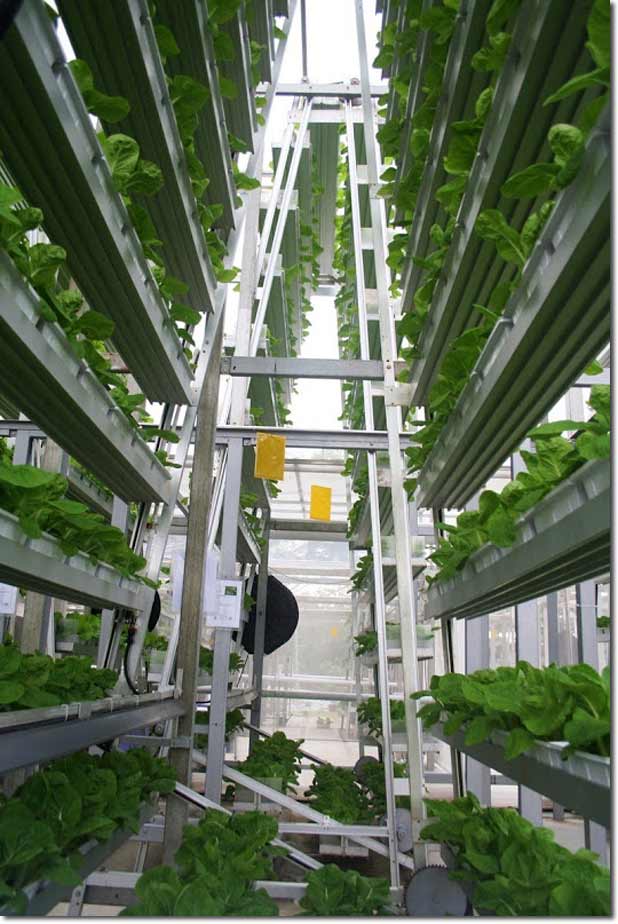
Urban Agriculture and Vertical Farming: Feeding the Cities of the Future
Introduction
Urban agriculture and vertical farming have gained significant attention in recent years due to their potential to address pressing issues such as sustainability, food security, and urban planning. This article explores the origins, key concepts, and benefits of these practices, as well as their historical background and current developments.
Historical Background
The roots of urban agriculture and vertical farming can be traced back to rooftop gardens and hydroponics. During World War II, victory gardens played a crucial role in supplementing food supplies. In the early 2000s, Dickson Despommier popularized the concept of vertical farming, envisioning the cultivation of crops in vertically stacked layers or shelves.
Key Concepts and Definitions
Urban agriculture refers to the practice of cultivating and producing food in urban areas. Vertical farming involves growing crops in vertically stacked layers, utilizing innovative technologies to optimize plant growth. Other key concepts include hydroponics, a soilless method of growing plants using nutrient-rich water, and aeroponics, which involves growing plants in an air or mist environment without soil or water. Controlled environment agriculture is the practice of manipulating environmental factors to create optimal conditions for plant growth.

Main Discussion Points
Benefits of urban agriculture and vertical farming:
Increased access to fresh, locally grown produce allows for healthier diets and reduced reliance on long-distance transportation.
Enhanced food security is achieved by reducing vulnerability to supply chain disruptions.
Efficient use of urban spaces and the potential for repurposing abandoned buildings contribute to sustainable urban development.
Environmental sustainability of urban agriculture and vertical farming:
These practices significantly reduce water consumption and soil erosion compared to traditional agriculture methods.
Energy-efficient technologies and integration of renewable energy sources minimize environmental impact.
Vertical farming has the potential for carbon sequestration and reduced greenhouse gas emissions.
Social and economic impacts of urban agriculture and vertical farming:
Job creation and economic opportunities are generated, particularly in urban areas.
Community engagement and empowerment are fostered through participatory food production.
Education and skill development programs contribute to the development of sustainable food systems.

Case Studies or Examples
The Plant Chicago: This closed-loop vertical farm and food business incubator exemplify sustainable practices by utilizing waste streams to grow food and support local businesses.
Gotham Greens: Operating rooftop greenhouses in urban areas, this commercial urban agriculture company showcases the potential for large-scale production of fresh produce.
Singapore’s Sky Greens: A vertical farming system implemented in a densely populated city-state, providing valuable insights into maximizing space efficiency.
Current Trends or Developments
Integration of smart technologies enables data-driven decision making and optimization of plant growth.
The rise of vertical farming startups and increased investment in urban agriculture projects highlight the growing interest and potential for expansion.
Research advancements in plant breeding, LED technology, and automation contribute to the continuous improvement of urban agriculture practices.
Challenges or Controversies
Cost constraints and the financial viability of urban agriculture and vertical farming hinder wider adoption.
Traditional agricultural communities may perceive and accept alternative farming methods differently, posing challenges to widespread acceptance.
Regulatory challenges and zoning restrictions in urban areas create obstacles for implementing urban agriculture and vertical farming projects.

Future Outlook
The potential for scaling up urban agriculture and vertical farming is immense, offering a viable solution to feeding rapidly growing urban populations.
Integration of vertical farming into urban planning and architecture will contribute to more sustainable and resilient cities.
Exploring space-efficient agricultural practices will be crucial in addressing future urbanization challenges.
Conclusion
In conclusion, urban agriculture and vertical farming hold great promise in addressing critical challenges such as food security, sustainability, and urban planning. With their numerous benefits and potential for innovation, these practices deserve further attention and investment.
References
This article draws upon academic journals, research papers, books, publications by experts in the field, as well as websites and organizations focused on urban agriculture and sustainable food systems.




